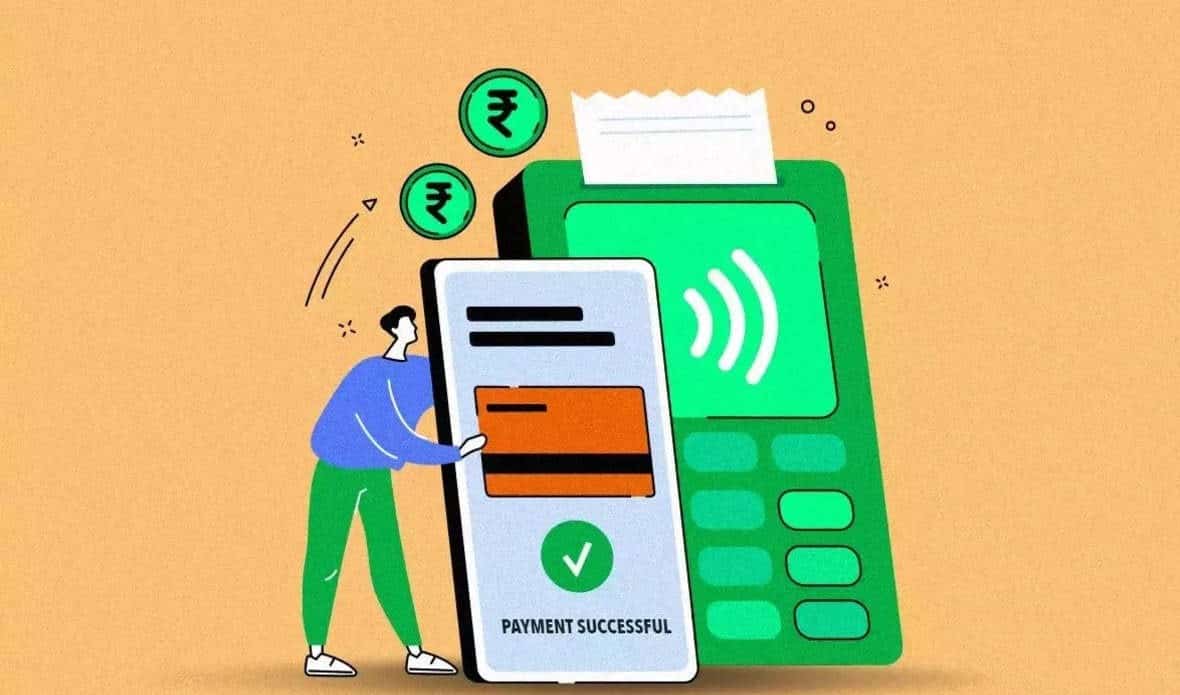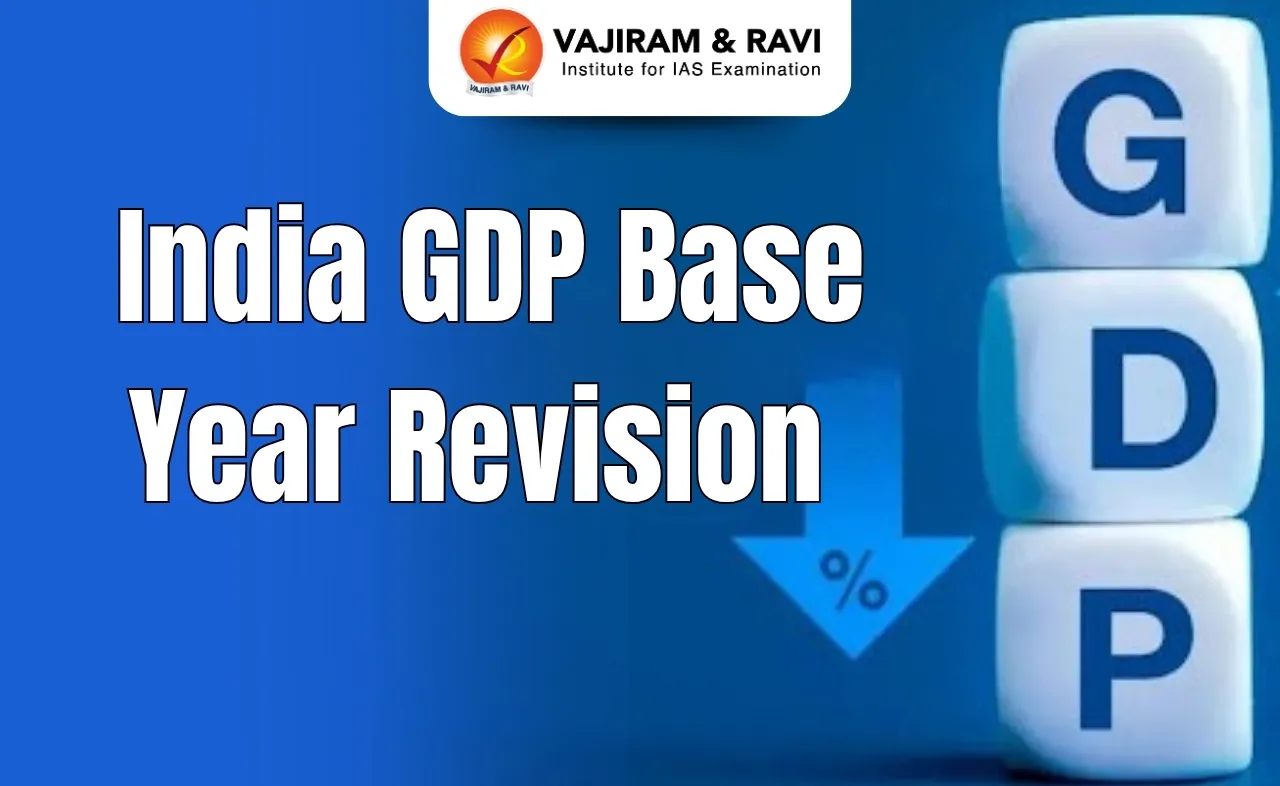What’s in Today’s Article?
- Why in News?
- What is National Payments Corporation of India (NPCI)?
- What is Unified Payments Interface (UPI)?
- Status of UPI Transactions in India
- Other Digital Solutions that the Indian Government has Rolled Out
- India’s Attempts to Take Digital Public Infrastructure (DPI) Globally
- What’s Behind India’s Success Story?
Why in News?
- According to the National Payments Corporation of India (NPCI), the United Payments Interface (UPI) crossed 10 billion in the volume of transactions in August 2023, marking a significant milestone for the payments.
- The service is not just being used extensively domestically – at least for small ticket transactions – but has also become a key part of India’s foreign policy outreach.
What is National Payments Corporation of India (NPCI)?
- The NPCI is an umbrella organisation for creating and operating robust retail payments and settlement systems in India.
- It is an initiative of the Reserve Bank of India (RBI) and Indian Banks’ Association (IBA) under the provisions of the Payment and Settlement Systems Act, 2007.
What is Unified Payments Interface (UPI)?
- UPI is a system that powers multiple bank accounts into a single mobile application (of any participating bank), merging several banking features, seamless fund routing and merchant payments into one hood.
- It also caters to the “Peer to Peer” collect request which can be scheduled and paid as per requirement and convenience.
- With the above context in mind, National Payments Corporation of India (NPCI) launched UPI first on a pilot basis in 2016.
- How is UPI unique?
- Immediate money transfer through mobile devices round the clock.
- Single mobile application for accessing different bank accounts.
- Single Click 2 Factor Authentication – Aligned with the Regulatory guidelines, yet provides for a very strong feature of seamless single click payment.
- Virtual address of the customer for Pull and Push provides for incremental security with the customer not required to enter the details such as Card no, Account number, IFSC, etc.
- Best answer to Cash on Delivery hassle, running to an ATM or rendering exact amount.
- Merchant Payment with Single Application or In-App Payments.
- Utility Bill Payments, Over the Counter Payments, QR Code (Scan and Pay) based payments, etc.
Status of UPI Transactions in India:
- Monthly transaction count on UPI crossed 10.24 billion on 30 August, with a net transaction value of ₹15.18 trillion.
- Transactions on UPI have grown by over 50% year-on-year, with August last year registering 6.58 billion monthly transactions.
- UPI crossed 1 billion monthly transactions for the first time in October 2019, thus taking less than four years to grow 4x in its adoption.
- Over time, peer to merchant (P2M) transactions will drive UPI transactions growth, and it will be no surprise if monthly UPI transactions hit 20 billion in the next 18-24 months.
Other Digital Solutions that the Indian Government has Rolled Out:
- Aside from UPI, a number of other digital solutions of the Indian government includes CoWin, DigiLocker, Aarogya Setu, and Government e-Marketplace (GeM), all utilising the three fundamental layers of the Indian Stack.
- India Stack is a set of digital codes and digital public goods that aim to unlock the economic primitives of identity, data, and payments at population scale.
- The overall architecture of India Stack has 3 key layers –
- Digital identity (centred around Aadhaar),
- Payments (UPI), and
- Data management [operates as per a policy called the Data Empowerment and Protection Architecture (DEPA)].
- But the Indian government harbours a larger vision for the solution – taking it international.
India’s Attempts to Take Digital Public Infrastructure (DPI) Globally:
- DPI (of which UPI is a key part) has been a key part of the government’s overall narrative about India throughout its G20 presidency.
- For example, during the G20 digital economy ministers’ meeting in Bengaluru, the Indian PM said that India is an “ideal testing lab” for solutions that can be replicated globally anywhere in the world.
- India has also explored other nations’ interest to adopt the underlying technologies that power India’s DPI push, which it brands as the India Stack.
- This is being pegged as a differentiator from rival China, which is funding physical infrastructure development in other developing countries.
- This is part of India’s bid to set itself as a nation pioneering digital governance, especially as it aspires to assume a leadership role in the Global South.
- India wants to play a key role in the deployment of DPI and plans to build and maintain the Global Digital Public Infrastructure Repository (GDPIR), a virtual repository of DPI voluntarily shared by G20 members and beyond.
- The repository aims to share the practices and experiences of development and deployment of DPI which may include relevant tools and resources in different countries.
What’s Behind India’s Success Story?
- A model that India has come to pioneer has been to create underlying technology – which remains under the government’s control and allow private entities to use it to offer services and build products.
- The same is true of UPI, and Aadhaar, two crucial elements of the India Stack.
- India has signed agreements with countries like Armenia, Sierra Leone, Suriname, Antigua &Barbuda and Papua New Guinea to share India Stack.
- Countries like Mauritius, Saudi Arabia have shown their interest in adopting the model.
- UPI has also been taken to international markets such as France, UAE, Singapore and Sri Lanka, with countries like Japan having shown an interest in adopting the payments system.
Q1) What are the three core components of the Digital India initiative?
There are three core components to the Digital India initiative. They are digital infrastructure creation, digital delivery of services, and digital literacy.
Q2) What is India’s Data Empowerment and Protection Architecture (DEPA)?
India’s DEPA is a consent management tool launched for better data management. DEPA has the potential to improve data protection and privacy for citizens by giving them greater control over the use and sharing of their personal information.
Source: As UPI crosses 10 billion transactions-mark, a look at India’s key foreign policy sell: Digital public infra | Livemint
Last updated on June, 2025
→ UPSC Notification 2025 was released on 22nd January 2025.
→ UPSC Prelims Result 2025 is out now for the CSE held on 25 May 2025.
→ UPSC Prelims Question Paper 2025 and Unofficial Prelims Answer Key 2025 are available now.
→ UPSC Calendar 2026 is released on 15th May, 2025.
→ The UPSC Vacancy 2025 were released 1129, out of which 979 were for UPSC CSE and remaining 150 are for UPSC IFoS.
→ UPSC Mains 2025 will be conducted on 22nd August 2025.
→ UPSC Prelims 2026 will be conducted on 24th May, 2026 & UPSC Mains 2026 will be conducted on 21st August 2026.
→ The UPSC Selection Process is of 3 stages-Prelims, Mains and Interview.
→ UPSC Result 2024 is released with latest UPSC Marksheet 2024. Check Now!
→ UPSC Toppers List 2024 is released now. Shakti Dubey is UPSC AIR 1 2024 Topper.
→ Also check Best IAS Coaching in Delhi
























